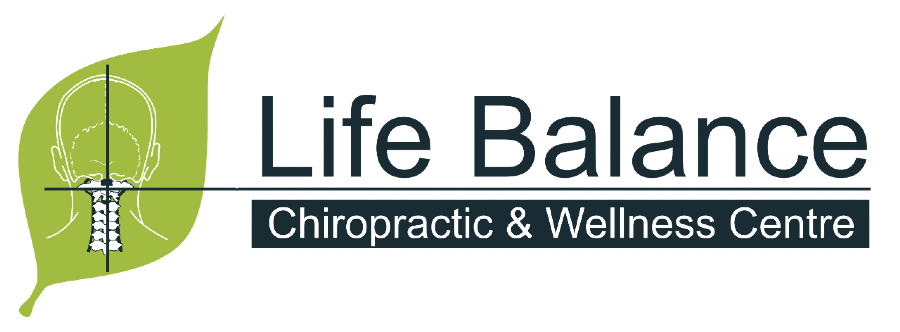F.A.Q.
Once I see a chiropractor, will I have to come in for the rest of my life?
No. In order to get the most benefit from your care, all we ask is that you follow the recommended treatment plan set out for you. After that, the form of health care you choose is solely your decision. After their initial treatment plan, many people choose to come in for periodic check-ups because they feel the benefits of being in proper spinal alignment and want to protect their initial investment in their health. This is called maintenance care. The spine is a dynamic unit made up of numerous joints, because it allows for movement it can also be susceptible to losing its proper alignment due the wear and tear of normal activity.
Just as you would get your teeth periodically cleaned and checked for cavities or your eyes examined, getting your spine checked and corrected for misalignment’s makes sense. Rather than dealing with problems when they arise, by staying in alignment you are preventing problems in the future. This is a choice not a requirement.
How much does it cost?
Every case is different. The health investment depends on the case. We do offer many payment plans and discounts to make treatment affordable for everyone. Please see our price list for unit prices. Although, the initial investment in the NUCCA treatment maybe a little higher than other approaches, in most cases, the NUCCA procedure proves to be overall a more effective and cost savvy approach. Most people find they require fewer treatments than other methods of correction because they are able to stabilize and hold their alignment for a longer period of time.
| Service | Price | |
| New Patient (1st and 2nd visit) | $360 | |
| Includes: | ||
| Patient Examination/Consultation | $175 | |
| Pre/Post-X-rays w/Biomechanical Analysis | $125 | |
| 1st NUCCA Spinal Correction | $60 | |
| Duration of visit: 1-1.5 hr (each visit) | ||
| Regular Schedule Fee: | $60 | |
| NUCCA visit (includes postural analysis) | ||
| Duration of visit: 15-20min | ||
| Re-examination visit | ||
| Patient Re-Exam (not including adjustment) |
$25 | |
| X-Rays (if needed) | $25 per film | |
| Duration: 10-15 minutes extra | ||
| Prices are subject to change at any time. | ||
How many treatments will I need?
Every case is different. The treatment plans we recommend are unique to the individual and are based on what the doctor finds during the consultation, examination, and x-rays. The factors we consider when constructing an individual treatment plan include, how long you have had the problem, your age, the amount of degeneration present on the x-rays, the type of misalignment you present with, as well as your overall health. Do you smoke, eat healthy, exercise? These are all things that can influence your healing time.
Our promise of integrity is to never prescribe more treatment then necessary.
Is NUCCA treatment safe?
Yes. The NUCCA method is a very gentle correction. In fact, the pressure the doctor applies to the neck can hardly be felt. There is no turning or extension of the neck and no audible sounds arise during the adjustment. The NUCCA method is safe for all ages, children, and seniors, alike.
Does insurance cover treatment?
Many private insurance health plans may cover all or a portion of your chiropractic treatment. Refer to your policy and contact your insurance agent to check your coverage.
Why do you need to take x-rays?
Our office uses state-of-the-art X-ray equipment that is licensed and regularly inspected by the Ministry of Health for proper function and safety.
The following are the many techniques we use to reduce your x-ray exposure:
- Electronic timing which makes exposures in 1/100ths of a second more precise.
- High speed film which is more sensitive thus requires less exposure time.
- Intensification screens which amplify the image and reduce the exposure needed for each view.
- Filters and limiting the beam (collimation) reduces scatter and avoids unnecessary exposure to other body parts
- Shielding highly sensitive areas of the body such as breast tissue and gonads prevent exposure to these areas and significantly reduce exposure.
